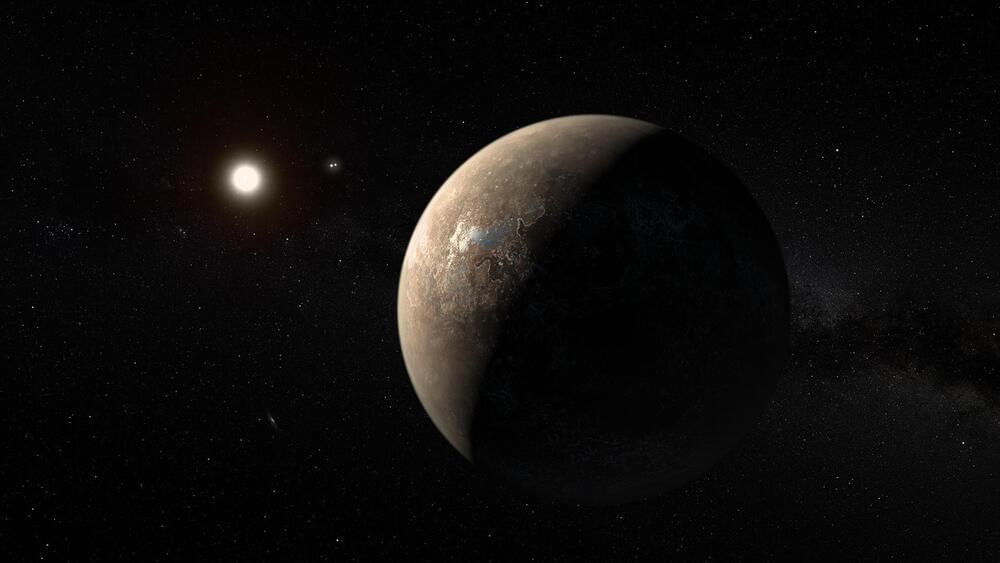How can studying an exoplanet’s ozone help astronomers better understand its habitability potential? This is what a recent study published in the Monthly Notices of the Royal Astronomical Society hopes to address as a team of international researchers investigated how an ozone on the nearest exoplanet to Earth, Proxima Centauri b, could influence its own climate over time. This study holds the potential to help astronomers better understand how an exoplanet’s ozone could influence its formation, evolution, and potential habitability, and could have implications on how astronomers study Earth-like exoplanets throughout the cosmos.
“Imagine a world where ozone affects temperature and wind speed and holds the key to a planet’s very habitability,” said Dr. Assaf Hochman, who is a senior lecturer in the Institute of Earth Sciences at the Hebrew University of Jerusalem and a co-author on the study. “Our study unveils this intricate connection and underscores the importance of considering interactive ozone and other photochemical species in our quest to understand Earth-like exoplanets.”
For the study, the researchers used a series of computer simulations to ascertain how an active ozone on Proxima Centauri b could influence the exoplanet’s climate and potential habitability. In the end, the researchers discovered that an ozone layer on Proxima Centauri b could greatly influence the temperature and wind circulation patterns throughout its atmosphere. Additionally, they also found altitude also played a high role in the atmospheric temperature and temperature variances, as well. The researchers emphasized how these findings could help future researchers better understand the potential habitability of an exoplanet, noting how a potential ozone layer on Proxima Centauri b could greatly influence its climate.










Leave a reply